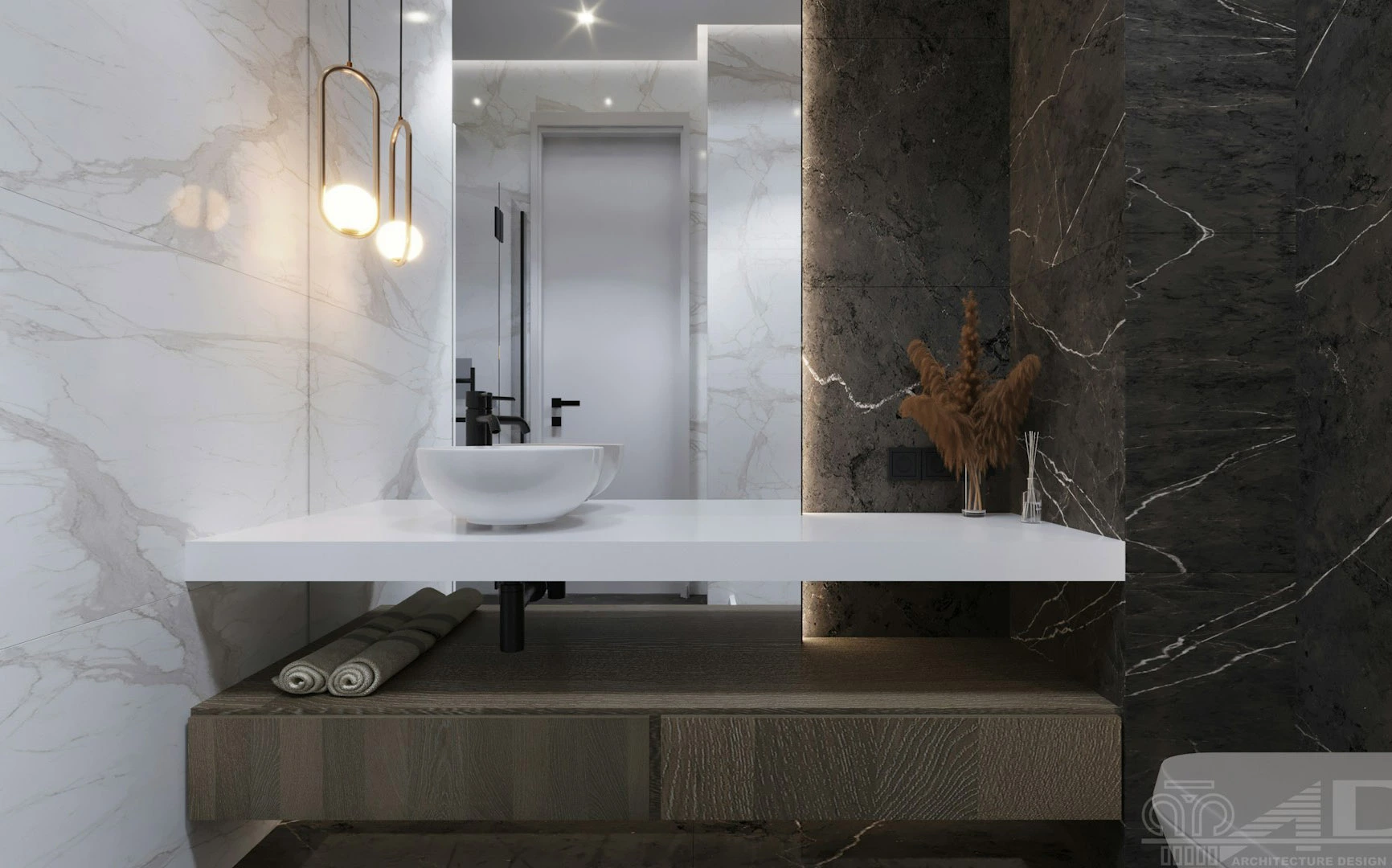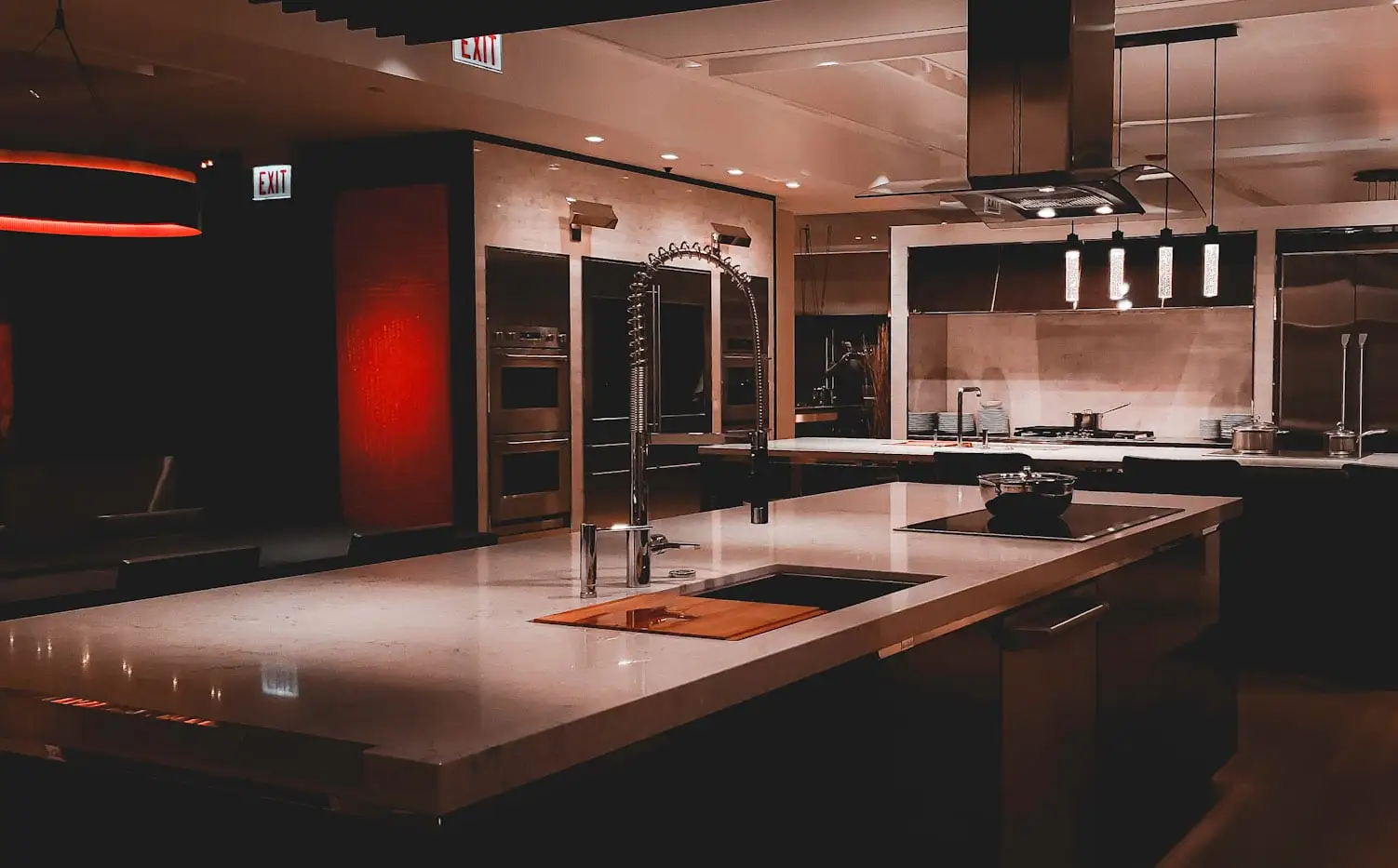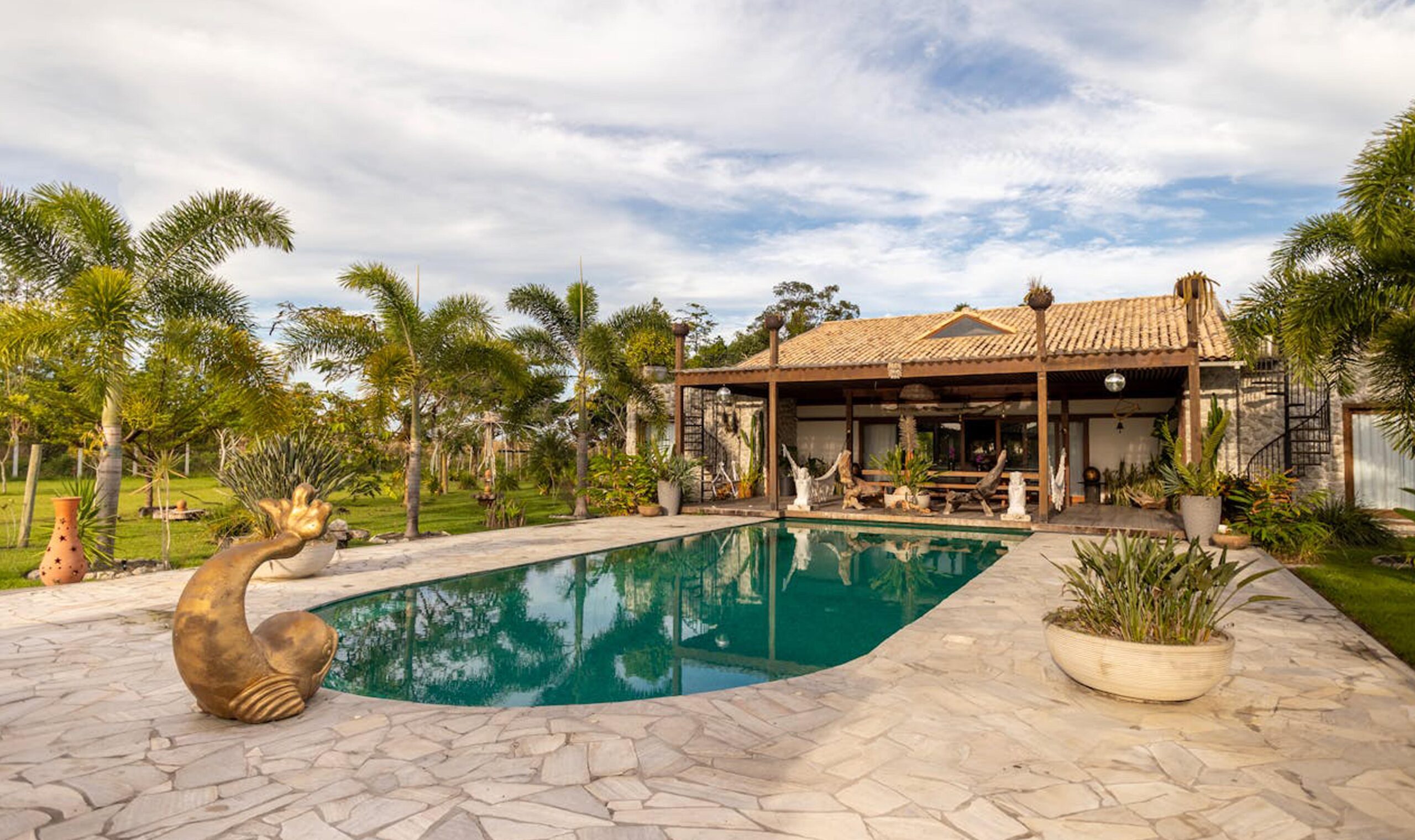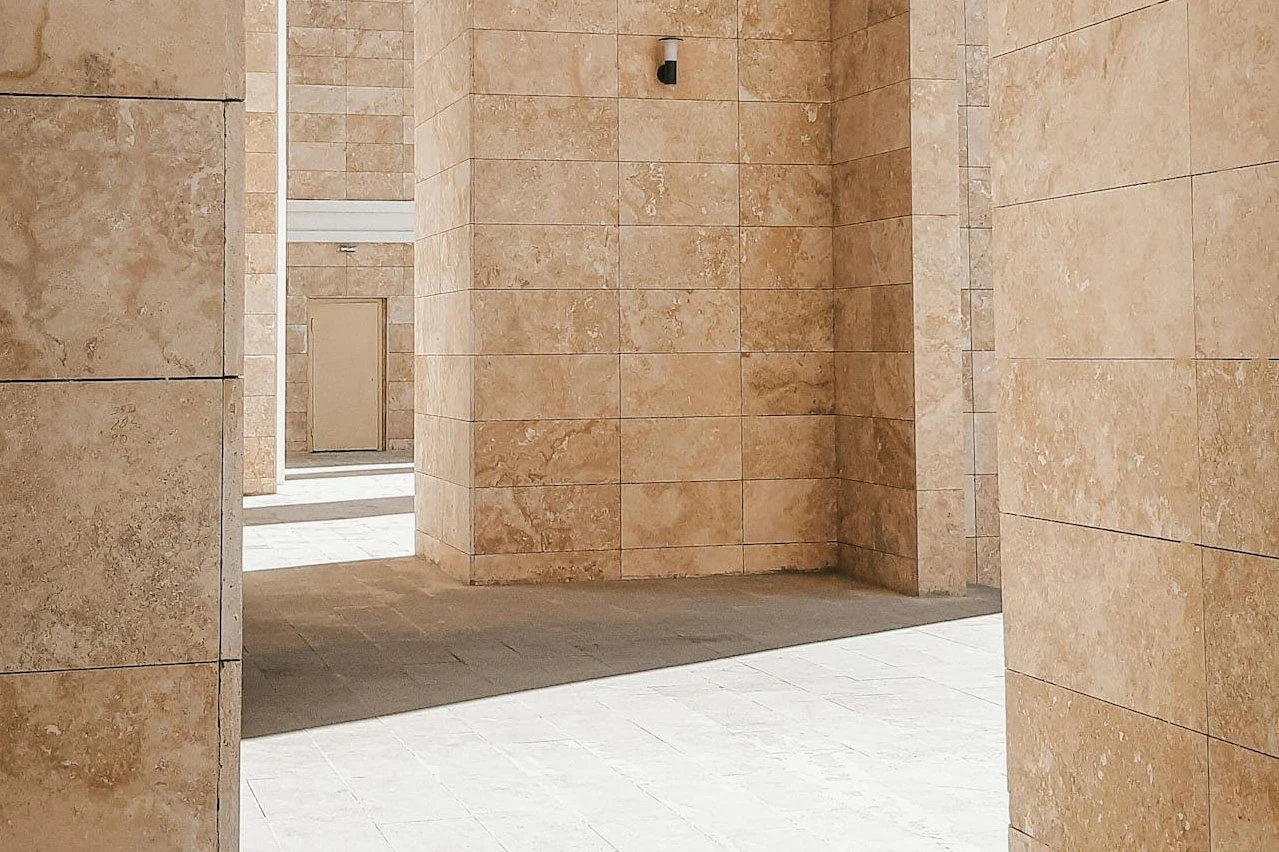Why Builders Still Love Using Stone in Modern Architecture
In an era of steel, glass, and futuristic materials, one timeless element still stands strong—stone. For centuries, stone has formed the backbone of iconic buildings across civilizations, from Roman amphitheaters to Indian temples. But what’s fascinating is that even in modern architecture, builders, designers, and architects are still turning to natural stone.
Here’s why stone in modern architecture continues to be a builder’s favorite—combining functionality, beauty, and environmental value.
1. Stone Offers Unmatched Strength and Durability
Stone is synonymous with strength. In a world focused on sustainability and long-term design, builders love stone because it can endure the test of time. Whether it’s granite, sandstone, or limestone, stone structures can last for decades—or even centuries—without major deterioration.
Fun Fact: The oldest known stone structure in India, the Sanchi Stupa, is over 2,300 years old!
2. It’s a Naturally Sustainable Building Material
As green building trends rise, stone is gaining popularity due to its eco-friendly credentials. It’s:
Naturally available
Recyclable
Low maintenance
Doesn’t emit harmful chemicals (unlike some synthetic materials)
Using stone in architecture reduces the need for energy-intensive materials like concrete and steel.
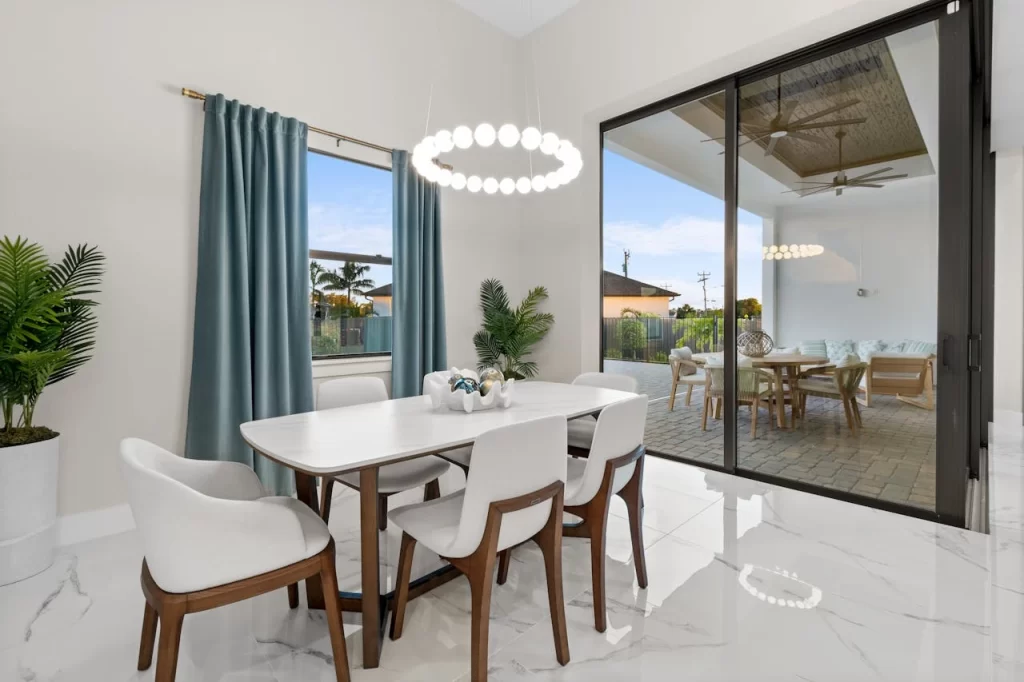
3. Stone Enhances Aesthetic Appeal
Modern homes and commercial buildings often strive for clean, minimalistic, and luxurious aesthetics. Natural stone fits seamlessly into that vision. Whether it’s a granite-clad facade, a marble bathroom, or a slate wall, stone adds texture, warmth, and visual interest.
Popular stone choices in modern design:
Granite – sleek and polished for countertops and facades
Slate – modern rustic look for interiors and floors
Marble – timeless luxury for staircases, bathrooms, and columns
4. Versatility Across Styles and Settings
Stone isn’t limited to just heritage-style buildings. Today’s architects use it in:
High-rise apartments
Commercial skyscrapers
Eco-villas and sustainable homes
Contemporary landscape design
Indoor-outdoor hybrid designs
Natural stone in modern architecture serves both structural and decorative purposes, making it highly versatile.
5. Fire and Weather Resistance
Unlike synthetic or wooden materials, stone is naturally fire-resistant. It also stands up well to harsh weather conditions—be it monsoons, heatwaves, or cold winters.
That’s why stone remains a go-to material for exterior cladding, especially in Indian metros and tier-2 cities with extreme climates.
6. Boosts Property Value
Modern buildings that incorporate stone features—like entryways, feature walls, or facades—increase resale value. Buyers and renters associate natural stone with luxury, longevity, and low maintenance, making it a worthy investment.
7. Psychological Appeal: Stone Feels “Safe and Solid”
There’s a subconscious association with stone as something reliable, grounded, and comforting. Builders understand that homeowners seek more than just design—they seek emotional security. Stone conveys just that.
Popular Ways Builders Use Stone in Modern Projects:
Stone wall cladding for exteriors
Granite and marble kitchen countertops
Garden and landscape boulders
Natural stone flooring in hallways
Carved stone entrance features
Final Thoughts
Stone may be one of the oldest building materials known to man, but its value in modern architecture is more relevant than ever. From eco-friendly builds to cutting-edge designs, stone brings durability, elegance, and a timeless connection to the earth.
For builders, it’s not just about following tradition—it’s about merging heritage with innovation.

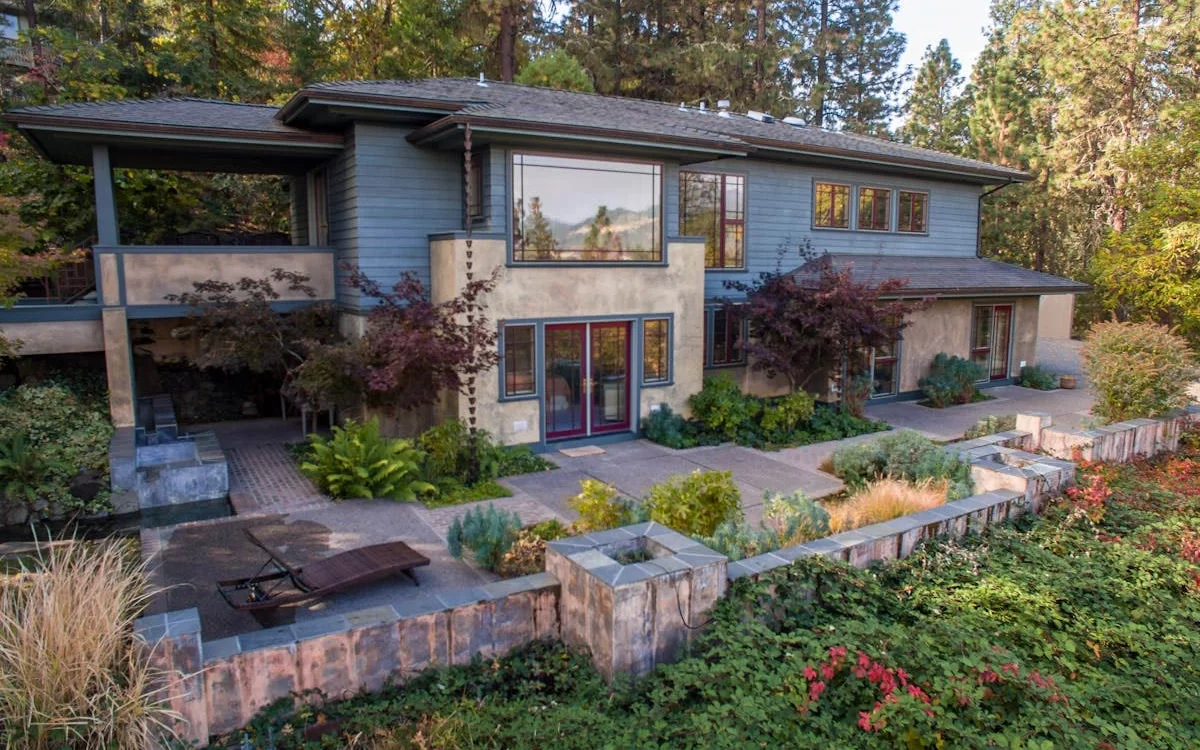
 Related Reads on Stoneman Magazine:
Related Reads on Stoneman Magazine:




